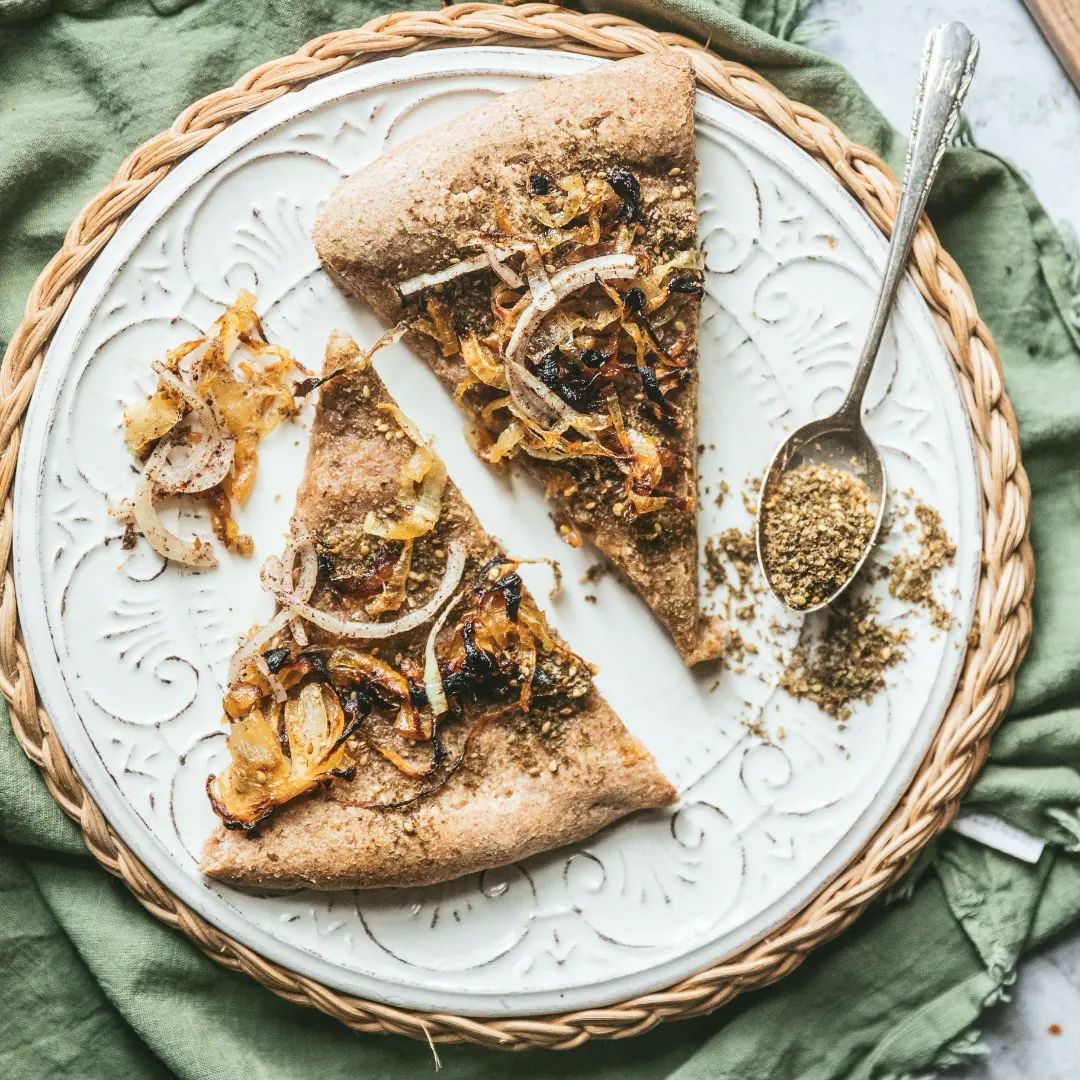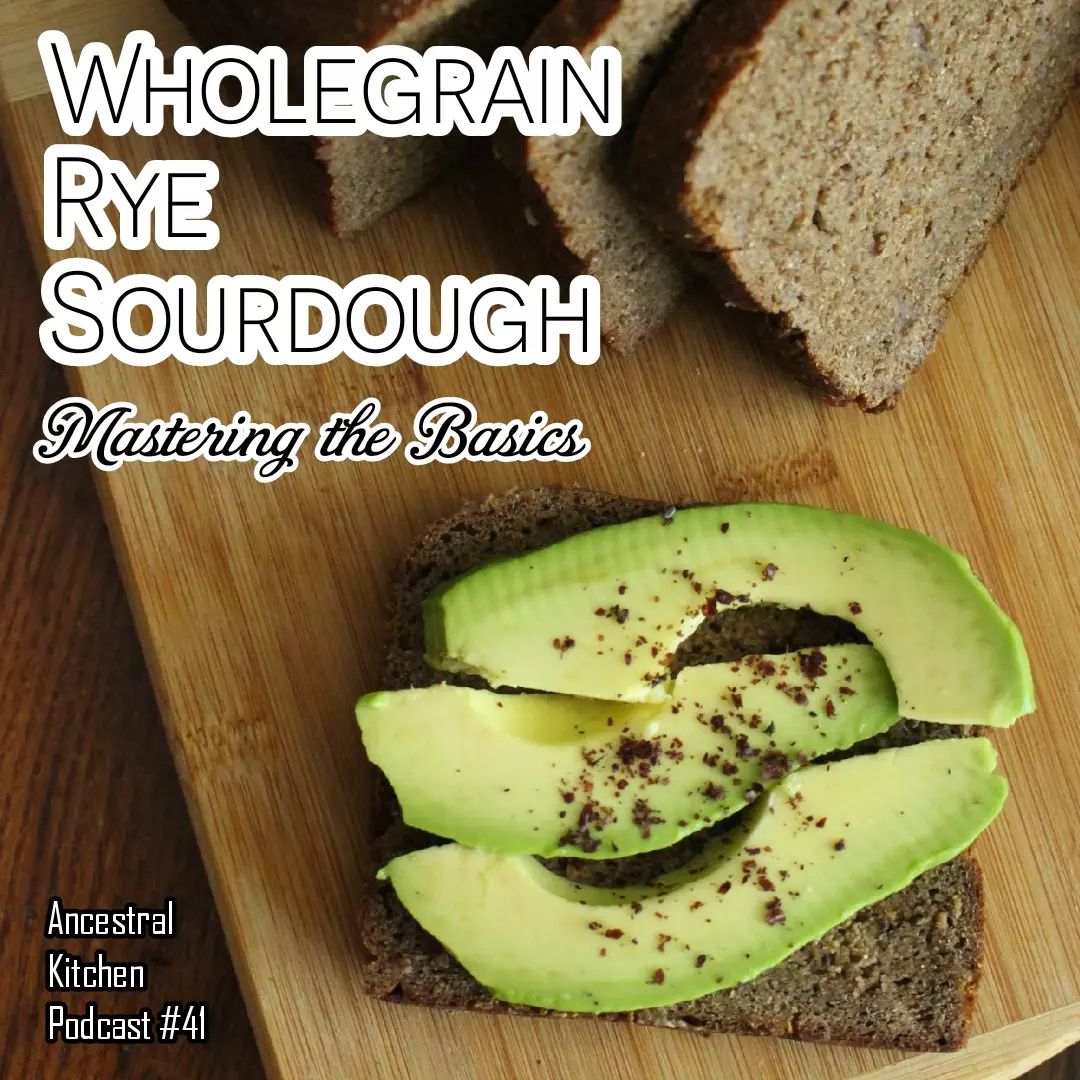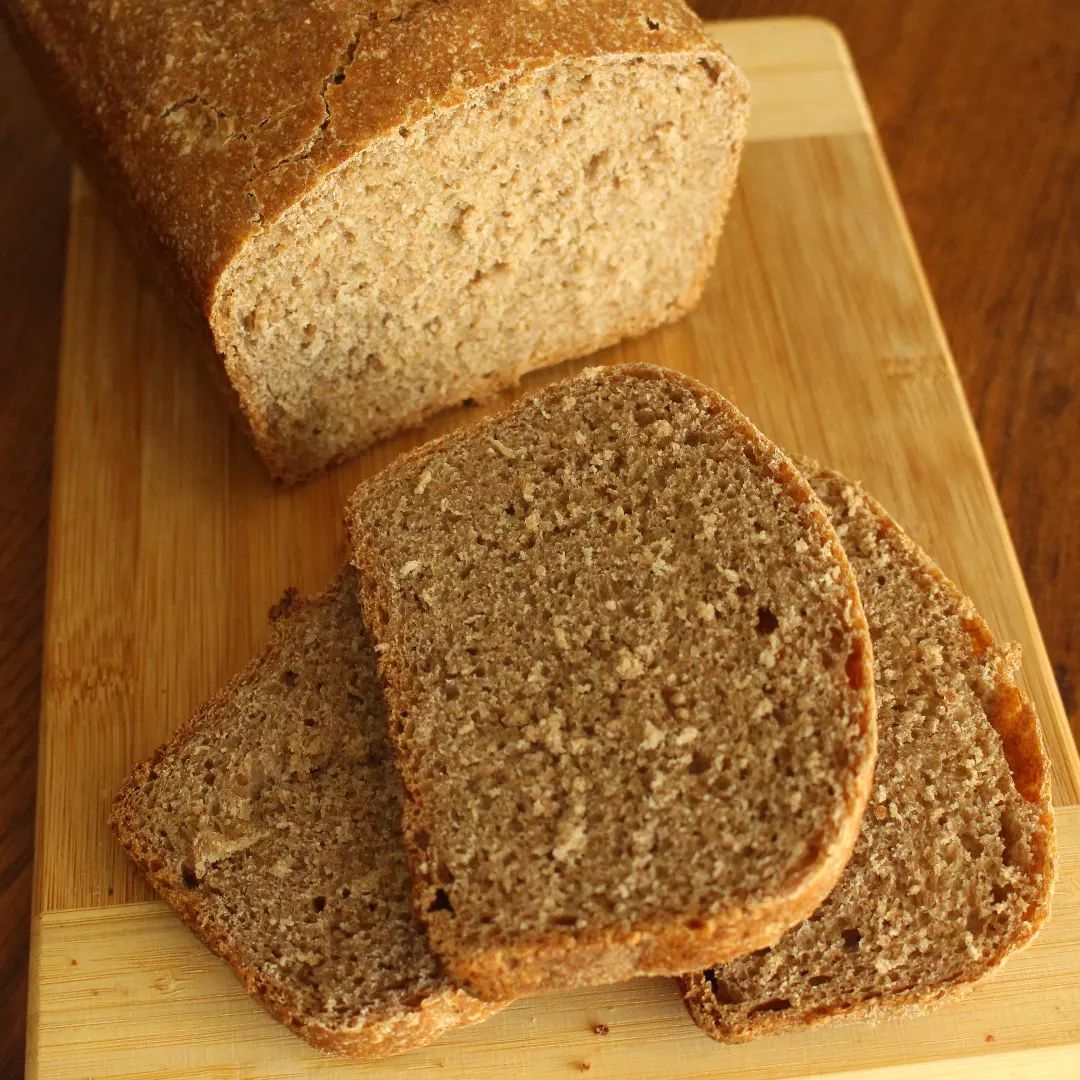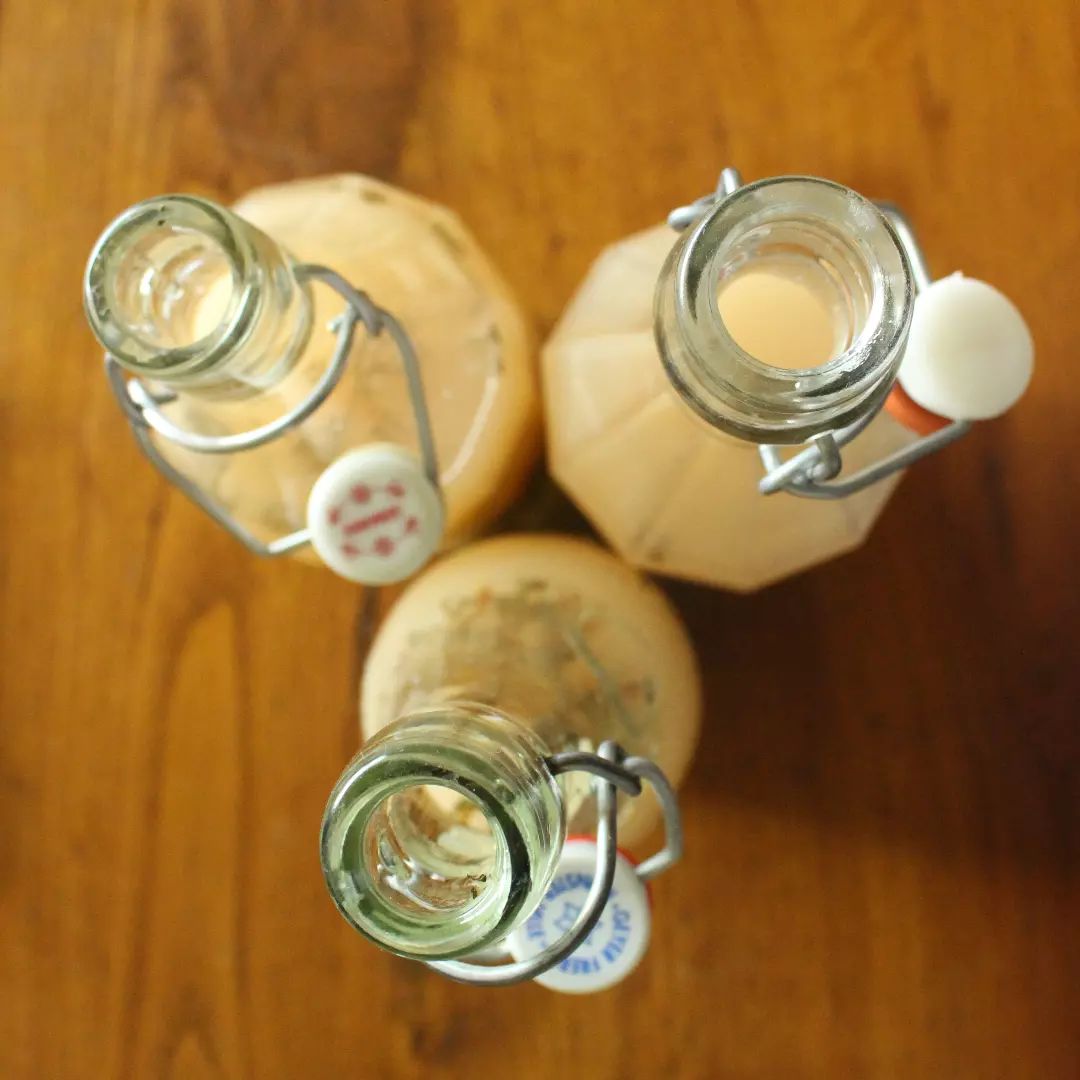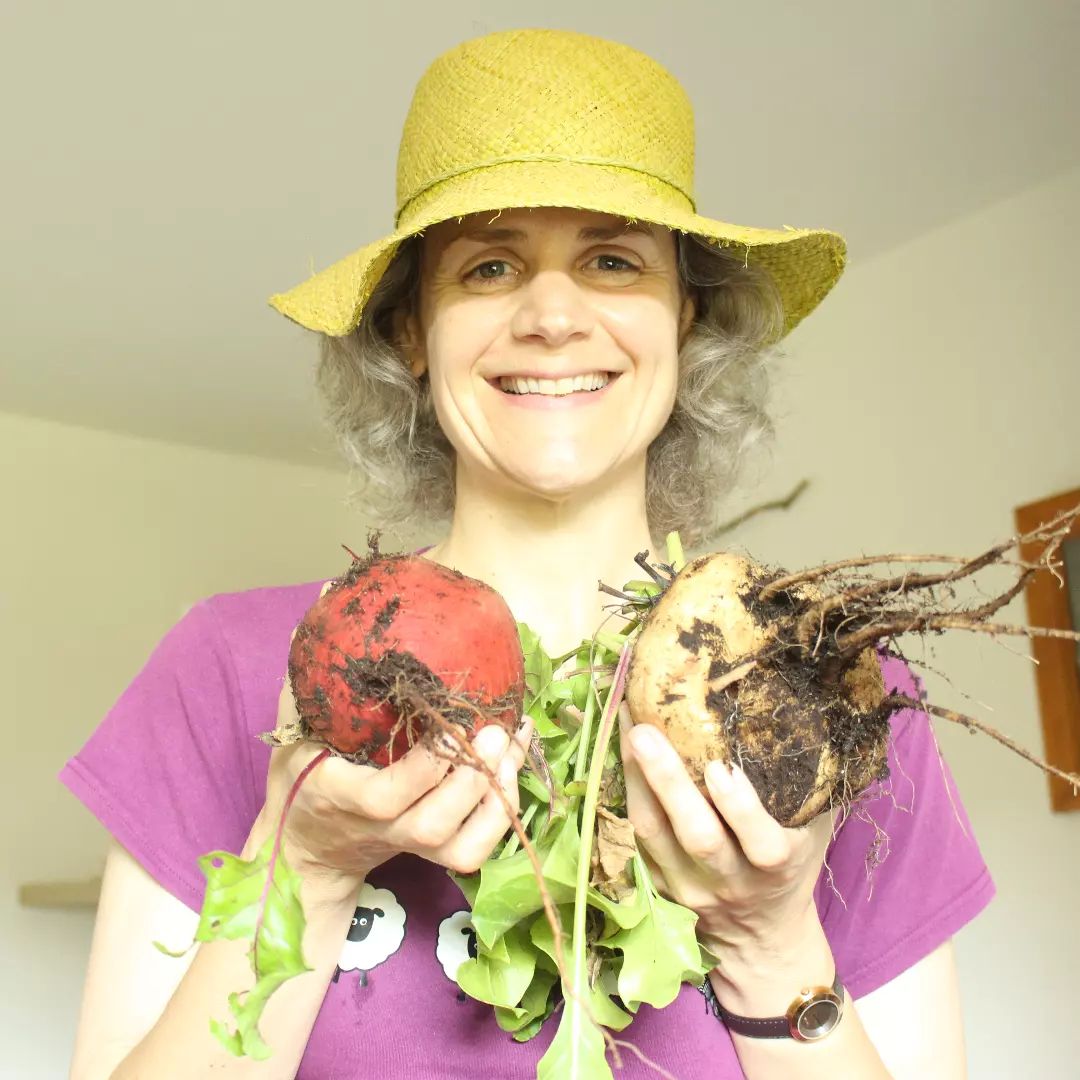When someone with as much passion for photography as I’ve passion for sourdough spelt pizza makes and then takes her camera to my recipe, this is the heavenly result! . Becky from @thestoriedrecipe.podcast interviewed me last week and she, as a complete newbie to sourdough, made my pizza. What a result! Swipe for more pics. . You can listen to the podcast episode, titled “What is Ancestral Eating” by searching for The Storied Recipe in your podcast app, or by clicking on the link in my profile. It’s partly my story, partly me answering Becky’s insightful questions and partly sourdough chat!
When someone with as much passion for photography as I’ve passion for sourdough spelt pizza makes and then takes her camera to my recipe, this is the heavenly result!
.
Becky from @thestoriedrecipe.podcast interviewed me last week and she, as a complete newbie to sourdough, made my pizza. What a result! Swipe for more pics.
.
You can listen to the podcast episode, titled “What is Ancestral Eating” by searching for The Storied Recipe in your podcast app, or by clicking on the link in my profile. It’s partly my story, partly me answering Becky’s insightful questions and partly sourdough chat!


